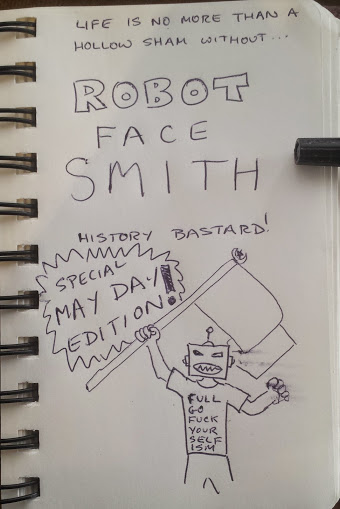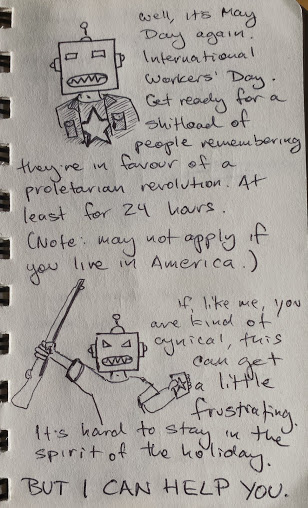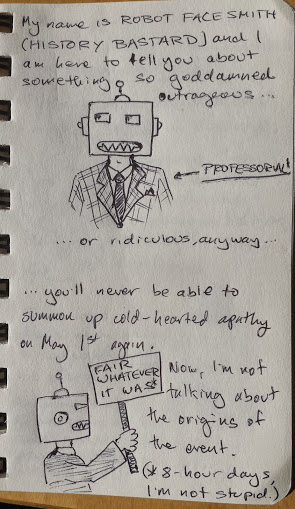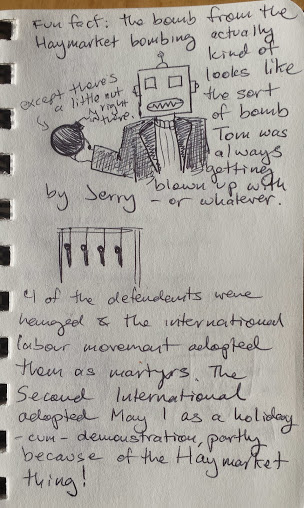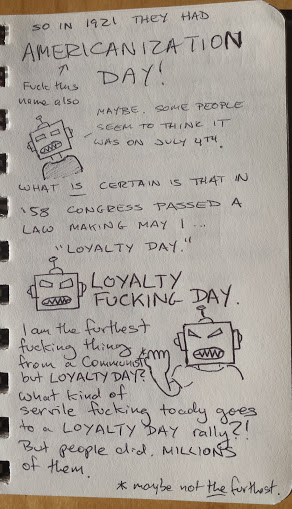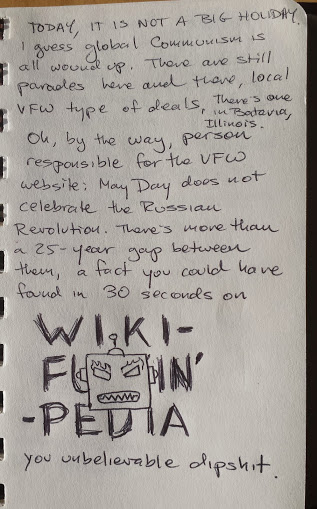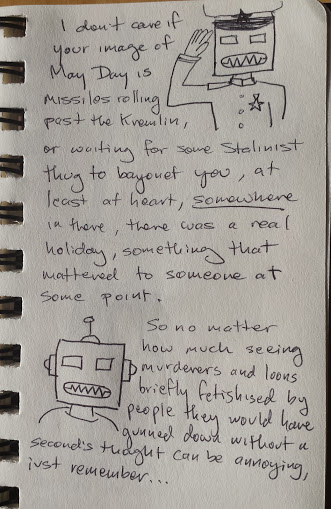I was back in California over the spring, as I may have had cause to mention, to attend my wife’s sister’s wedding. On the day before the ceremony, we made a quick stop by a craft shop to pick up some decorations for the reception. While there, I saw something that really took me back: a whole section of supplies for building one of these.
Now, if you are a Californian this will make perfect sense to you; at some point or another — usually in fourth grade, I think — California schoolkids build a model of one of the missions set up by the Spanish and later Mexico in Alta California in the 18th and 19th centuries. Because everyone does it, craft shops actually have a section that’s just full of little brass bells and pantiles and so on. There is an accompanying report; I can’t even remember which one I did (San Francisco Solano?), but I remember that I tucked some authentic string or something into the report as a piece of evidence that I had been there. And someone in the class made a model out of sugar cubes, which if you think about it are more or less the right colour and probably quite easy to work with.
Anyway, my point is that this is a shared historical experience, something that seems common only across a quite limited pool of students — well, OK, millions of them in California, but still not many compared to the world at large. If I recall correctly, it is (or was) part of a philosophy that starts kids out with the history of California, then moves them on to the history of the United States, then the world. Which sounds like a sensible idea in theory, but I don’t recall it actually working like that, so maybe I’m wrong.
Whenever I teach history, I run into these weird little land mines of ignorance. I frequently get students — teenagers, I’m talking about — who don’t know who the Pope is, for instance. And I don’t mean the current Pope, I mean they don’t know what a Pope is. And it’d be easy to decry that as the ignorance of the young, but I don’t think that’s it, necessarily. I mean, there is a lot of stuff to take in, and people often don’t know what students don’t know.
I’ve spoken in the past, I think, about how there will always be these articles about the things they don’t teach you in school, and how whenever I read one of those it turns out to be about something they taught me in school. Like, you’ll often hear that schools don’t teach about west African medieval empires, but mine sure did. I still remember seeing a full-page painting of a king of Mali sitting there contemplating a block of salt. Or maybe Ghana.
Although certainly many don’t cover that topic. But that’s what I mean; there seems to be a lot of variation, and my schools left out a lot of stuff as well. What they didn’t cover I didn’t even know about until I came to university here in the UK and realised I knew nothing about British history. And I thought of myself as an Anglophile …
Part of the problem is that history doesn’t have a natural progression like, say, math. I’m sure there’s some discretion in the order in which you teach math, but fundamentally you need to know how to do this thing before you do the next thing, at least at a basic school level. With history, not so much. Everything connects to everything else in every direction, and even if you adopt a strictly chronological model you’re going to leave some parts of the world out. I would guess everyone has some part of history that they just remained profoundly ignorant about until it was embarrassingly revealed.
What’s yours?














